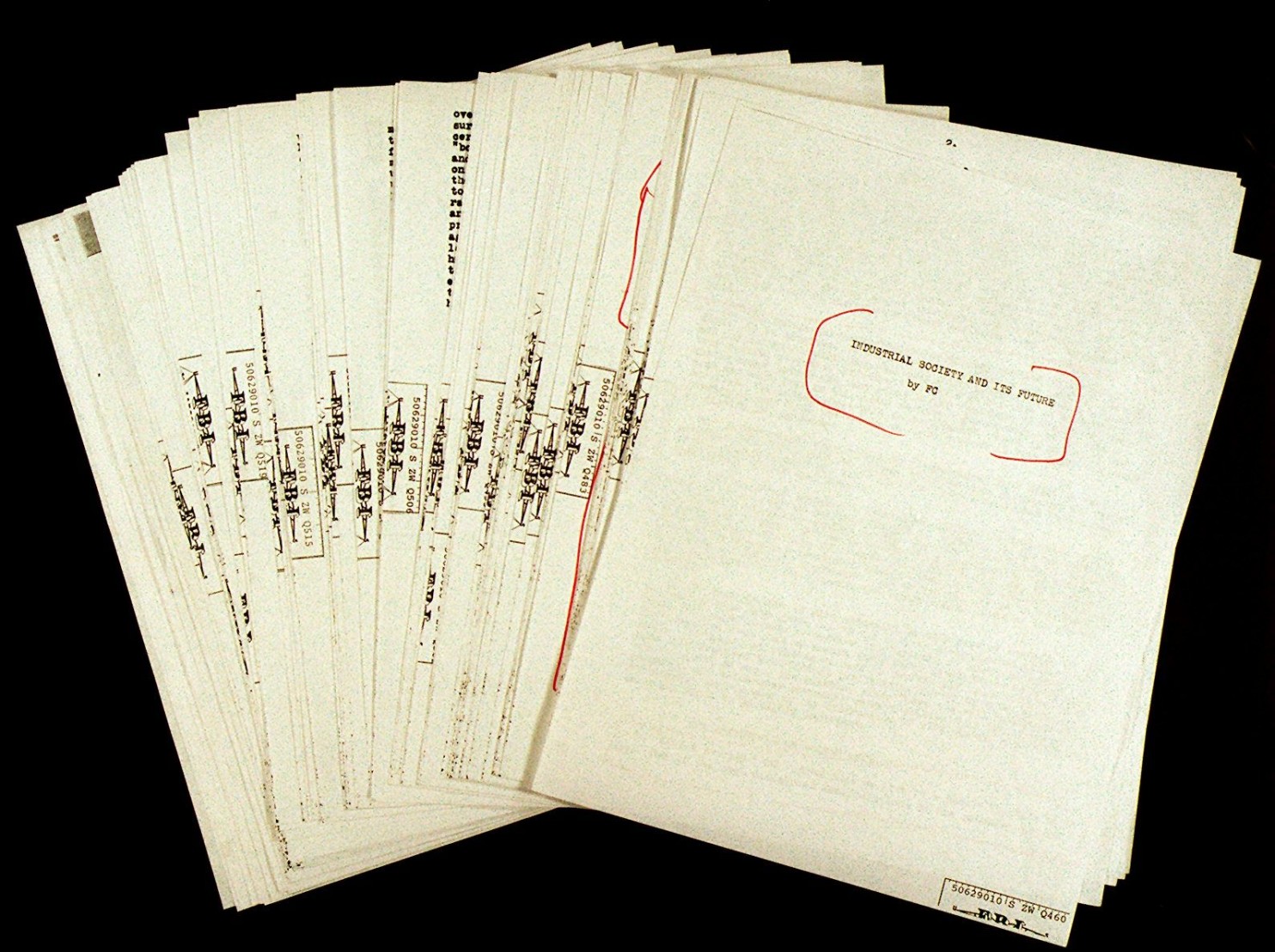The industrial revolution transformed people’s lives in western Europe, the United States, and elsewhere. Most historians agree that from the 1820s to the 1890s industrialization proceeded in four stages mechanization of the textile industry, metals, chemicals, and finally electricity. Each stage led to the next.
Britain held the lead in the early industrial revolution from the 1760s to the 1850s. It had developed an efficient agriculture system, accumulated capital from foreign and colonial trade, had extensive iron and coal deposits, and was favored by geographic compactness.
A series of inventions in the textile industry made rapid expansion possible. Coal benefited from new inventions, while transportation and communications were revolutionized by new devices. Banks assisted economic expansion by issuing bank notes in place of coins. Companies limited shareholders’ liability, reducing the risk of investment.
After 1850 Britain began to lose its advantages. Its rate of growth decreased, and the lead passed to the United States and Germany by the end of the century.
A major feature of the nineteenth century was rapid population expansion. Controversy surrounds the theories that have been advanced to explain this rapid expansion. Another controversy concerns improvement in the standard of living. That towns and cities grew, however, is true. Moreover, mortality rates in Europe declined after 1850.
During the nineteenth century the middle class in western Europe won political power. Workers struggled for the right to vote and the right to organize and strike. Economic cycles during the industrial revolution caused hardships for workers. Gradually real wages, especially for skilled workers, rose; however, the threat of unemployment remained. Women and children were drawn into the work force. Basic food prices declined, but work places were dangerous, unhealthy places.
In response to the social and economic problems caused by the industrial revolution, classical economists Formulated natural laws based on laissez-faire doctrines. Malthus warned of the dangers of overpopulation.
Ricardo and his disciples formulated the Iron Law of Wages that condemned workers to cycles of high wages and large families followed by lower wages and decreasing birth rate.
The utilitarian Jeremy Bentham supported laissez faire but saw some instances where the state might step in to ensure the greatest good for the greatest number. The human liberalism of John Stuart Mill led him to modify his laissez-faire belief and demand that the state protect workers and improve working conditions.
Socialists advocated that the means of production be in the hands of society rather than in those of private individuals. Inspired by Enlightenment ideas, Utopian socialists applied reason to the problems of industrial society and thought that utopia was within reach.
Marx transformed socialism into revolutionary communism, forecasting a violent uprising of the proletariat. In January 1848 Marx and Engels published The Communist Manifesto, the classical statement of Marxian socialism that presented the communist view of history. Others responded to the new industrial society by advocating mercantilist ideas, anarchy and violence, or a return to primitive Christianity.
A new age of science produced revolutionary theories in physics and biology. In 1859 publication of Darwin’s The Origin of Species touched off controversy because his theories challenged orthodox Christian teachings based on the Bible. Social Darwinists transferred ideas of biology to society and human relations. Social Darwinism was used to justify the nationalism and racism of the late nineteenth century.
The late nineteenth century was the age of the novel in literature. Writers depicted the problems and triumphs of the industrial society. Photography and lithography made mass-produced works of art widely available. Painters turned to realism, portraying what they saw. Led by Claude Monet, impressionists developed new techniques that allowed viewers to reassemble light and color. The major innovation in architecture was the use of steel in the building of skyscrapers.

